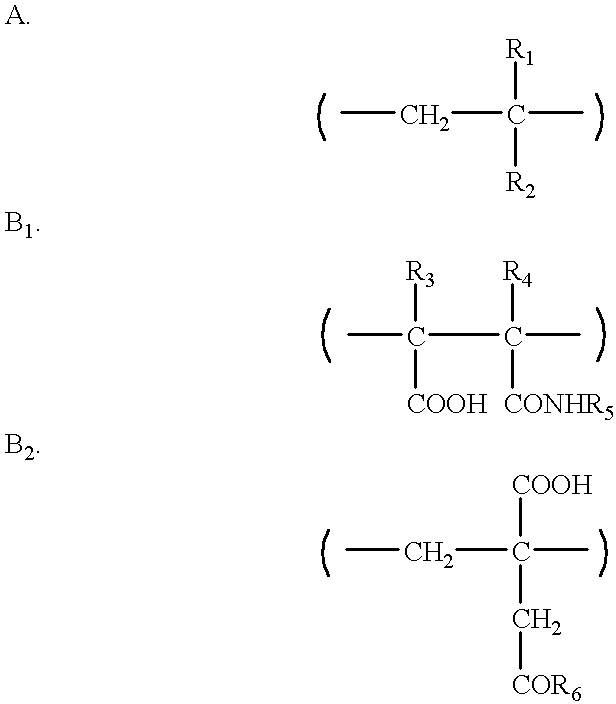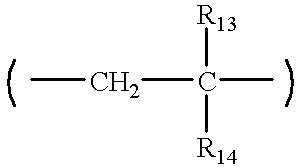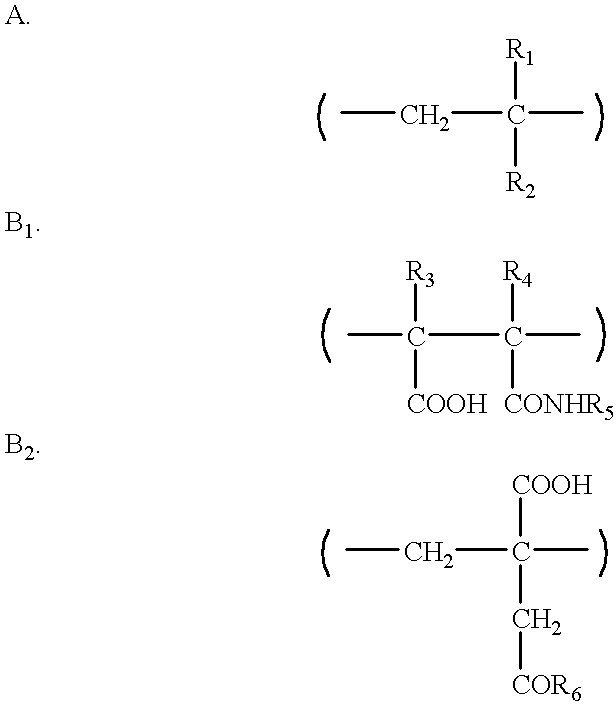Flexible, flame-retardant, aqueous-processable photoimageable composition for coating flexible printed circuits
a printed circuit board and composition technology, applied in the field of photopolymerizable resist materials, can solve the problems of limited flexibility of just a few degrees, disadvantages of groups, rigid copper base of printed circuit boards
- Summary
- Abstract
- Description
- Claims
- Application Information
AI Technical Summary
Problems solved by technology
Method used
Image
Examples
example 1
Example 1 illustrates a flame-retardant composition containing a brominated blocked polyisocyanate to improve flame retardency.
Bend & Crease
example 2
Example 2 illustrates a flame-retardant composition containing a carboxylated, brominated plasticizer which reduces the amount of developer residue.
Bend & Crease
examples 3 to 5
Examples 3 to 5 illustrate flame-retardant compositions containing brominated copolymer binder, brominated diacrylate monomer, and different brominated reactive additives.
Bend & Crease
PUM
| Property | Measurement | Unit |
|---|---|---|
| temperature | aaaaa | aaaaa |
| thickness | aaaaa | aaaaa |
| temperatures | aaaaa | aaaaa |
Abstract
Description
Claims
Application Information
 Login to View More
Login to View More - R&D
- Intellectual Property
- Life Sciences
- Materials
- Tech Scout
- Unparalleled Data Quality
- Higher Quality Content
- 60% Fewer Hallucinations
Browse by: Latest US Patents, China's latest patents, Technical Efficacy Thesaurus, Application Domain, Technology Topic, Popular Technical Reports.
© 2025 PatSnap. All rights reserved.Legal|Privacy policy|Modern Slavery Act Transparency Statement|Sitemap|About US| Contact US: help@patsnap.com



